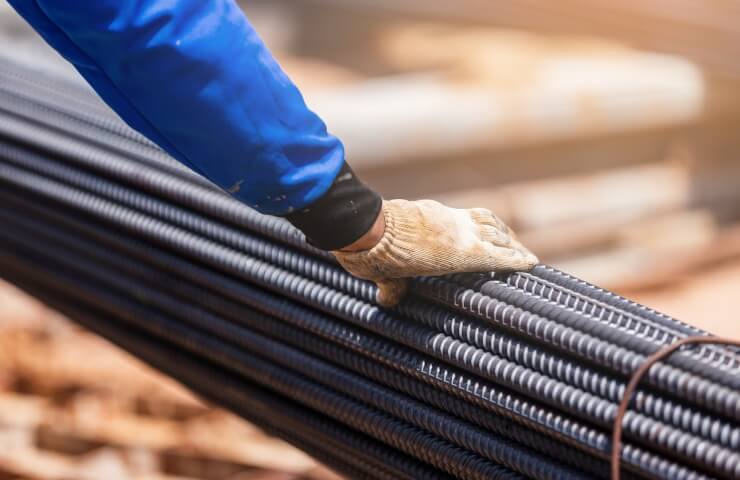Data published in the May issue of MEPS International Steel Review shows that the price range for domestic rebar dropped by about $20 per short ton during the most recent survey period.
Domestic supply continues to exceed local demand, according to MEPS survey respondents. Consequently, steel producers were willing to make price concessions to fill gaps in their production schedules.
Due to the emergence of new capacities in recent years, a large amount of valves is available in the United States. Factory delivery times are extremely short, and most common sizes and specifications – both for coiled and straight fittings – can be received from factory warehouses within a few days. Custom products are also readily available.
Purchasing managers can buy what they need to fill customer orders flexibly and at short notice, and they have little desire to purchase materials for the warehouse. This is despite keeping their inventories at minimum levels to reduce exposure to downward price trends.
Borrowing costs are holding back housing construction
Demand from the construction industry remains mixed. Housing-related construction activity was weaker than expected. High financing costs have a negative impact on the purchase of new housing.
However, US valve suppliers have some reasons for optimism, both from a supply and demand perspective.
Commercial construction activity is stable. Demand for data center construction materials increased, and a relatively mild winter in much of the US helped maintain activity levels in the first quarter of 2024.
An expected decline in borrowing costs later this year could lead to increased activity. Either way, many businesses should be able to plan ahead, knowing that the Federal Reserve is unlikely to raise interest rates anytime soon.
Domestic buyers prefer to supply their needs from local sources. They argue that materials produced outside North America have little appeal. Market participants note a small gap between domestic and import prices at present, and in some cases they are identical.
Importers deterred from US market
Global steel exporters have traditionally viewed the US as an attractive proposition for selling surplus material due to the country's relatively high prices.
However, most European and Asian valve manufacturers are currently struggling to compete in the US market. Section 232 of the law is a significant barrier to entry. Countries that do not have tariff or quota exemptions must deal with a 25% tariff on steel products, as well as associated freight and port fees.
Consequently, exporters are likely to look for more cost-effective opportunities in other parts of the world. Meanwhile, US consumers will be reluctant to make deals in the fourth quarter of '24. This is because there is virtually no cost advantage.
U.S. rebar imports fell 20% year-on-year in the first three months of 2024, according to recent ISSB statistics. Egypt (49,240 tons), Algeria (32,854 tons) and Turkey (32,566 tons) were reported to be - North American countries sell the largest volumes to the country.
Import volumes are preferred by steel buyers located in the coastal regions of the United States. Buyers in the Midwest region typically use imports to meet their needs or maintain global relationships. MEPS respondents believe that the recent opening of the Great Lakes Seaway will do little to change current trends.
The price ambitions of American valve factories will intensify due to the lack of purchasing opportunities around the world. However, it may be difficult to avoid the effect of further price declines as the steel market enters the traditionally slow summer months. May's slight reduction in the cost of shredded scrap metal, despite initial expectations of price stability, will do little to help their cause in the short term.




